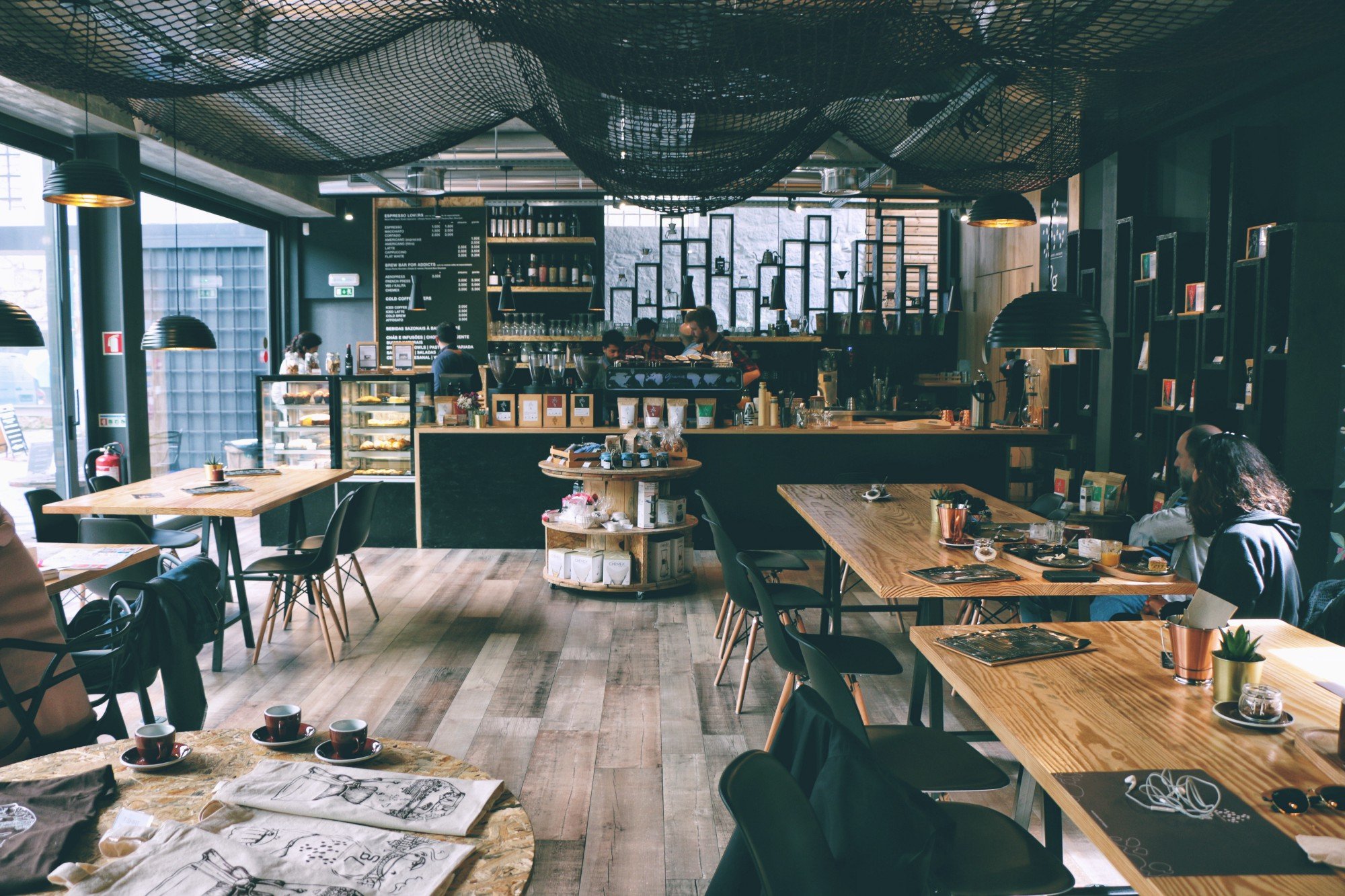
Date: 2025-10-14 Page is: DBtxt003.php txt00019036
Investment
Where to put all that cash
This Is What Happens to Markets When You Print Trillions of Dollars ... Everyone’s buying bankrupt companies and frauds. God help us.
Peter Burgess

Photo by Petr Sevcovic on Unsplash
At the start of 2020, if anyone told you that Hertz, a 102-year-old car rental firm, was going to declare bankruptcy a few months later, you’d probably laugh them out of the room. Hertz was a ticking time bomb — holding over $14 billion in securitized debt and struggling to compete with the likes of Uber and other ride-hailing services — but the “zombie” car company survived in the cheap money era, issuing new debt to pay off existing liabilities at zero interest rates.
This practice enabled Hertz — and other zombie corporations — to survive for much longer than the rules of capitalism usually permitted. That was until COVID-19 locked down the global economy, wiping out all of Hertz’s revenue, forcing the company to declare bankruptcy thereafter.
Yet despite insolvency, declining fundamentals, and the U.S. Bankruptcy Code stating that all debts must be repaid before stockholders receive anything, Hertz’s share price has risen to levels higher than before they announced bankruptcy. How could this happen? Why is the stock not at zero?
Introducing the moral hazard of unlimited bailouts sponsored by the Federal Reserve and the U.S Treasury. The Fed has increased its balance sheet by $4.5 trillion in the past month alone, and the US Treasury has been assisting companies via a $2.3 trillion relief package passed by Congress. Remember the TARP bank bailouts of 2008? They are child’s play compared to the government’s response to COVID-19. No stock, mortgage, junk bond, or any other Wall Street security must go to zero.
The gargantuan amount of liquidity that authorities are pumping into the financial system continues to fuel craziness within markets. Hertz, as it turns out, is just the tip of the iceberg. Even the greatest steaming pile of financial excrement will not be allowed to fail anytime soon. In fact, right now, its providing investors with triple-digit percentage returns.
Take Luckin Coffee (), the “Enron” of coffee chains. The company admitted it was a fraud on April 2nd, but since then its share price has soared 400%. How can a company expose themselves as a fraud and still have a market cap of $1 billion? Only in a juiced market. Totally insane.
Over the past month, the market has punished bears and smoked short-sellers. Now that everyone owns the COVID-19 story stocks — the Zooms, the Teladocs, the Amazons — there has been a colossal short squeeze in “value stocks”. Rather than taking profits, investors have stacked into companies with awful fundamentals, but that trade at a notable discount to the broader market. Since May, financial stocks have rallied 19%, industrial stocks have rallied 21%, and airline stocks have soared 65%.
“Who’s buying this crap?” you might ask. All this money sloshing about has created a new kind of speculator: the “Robinhood” investor. The finance industry and the government are sponsoring the gambling debt of novice investors via stimulus cheques. Subsequently, they have bought a record number of call options and a record number of U.S Index ETFs. They have even crashed Robinhood’s platform — multiple times.
But, right now, the Robinhoods are outperforming the market while the “smart money” loses their shirt on bearish bets. It makes you think: why have an investing process when you can buy a bankrupt car rental company and make 100%, or buy a fraudulent coffee chain and make 400%? And all in a day’s work. Why even consider investments with stable fundamentals anymore? Government bonds or defensive stocks like Walmart, Kroger, or GSK are boring. It’s time to speculate on frauds and bankruptcies instead. What could possibly go wrong?
And despite initial virus fears plunging global stock markets over 35% from mid-February to mid-March, investors have overlooked numerous catalysts for a COVID-19 second wave. The world seems to have returned to normal, forgetting about the whole virus thing and the #StayHome movement.
Las Vegas casinos look as busy as before they were closed, French citizens have poured back into the beautiful Parisian streets, and civil unrest has spread worldwide. How do you social distance in a casino? You can’t. How do you protest with a mask on? You can’t. You will take it off and shout, and when you shout, you spit. But markets don't care. They have rallied every day this week.
As the Fed’s printing press goes “brrrr, brrrr, brrrr”, firing on all cylinders, and the Trump Administration pledges to bail out anyone and anything, we will continue to witness the most bizarre, most outrageous stock market activity on a daily basis: Robinhood investors posting 1000% gains with their stimulus cheques, bankruptcies and frauds yielding triple-digit returns, and short-sellers blowing up as “dogsh*t wrapped in catsh*t” rallies 10, 50, 100 percent in their face.
What we’re experiencing is the craziest market environment of all time, something we’ll never witness again, not until the next bubble-induced euphoria. These conditions will not last forever, of course, but while they do, investors embracing insanity will profit and investors clinging onto economic reality will feel the burn. For more analysis and ideas, subscribe to my mailing list.
An investment in knowledge pays the best interest
-----------------------------------------------------
WRITTEN BY Concoda
Follow 5.4K Economics Finance Investing Business Stock Market 5.4K claps
Concoda Follow Reporting on ZIRP absurdity. Portfolio Manager. Subscribe: concoda.substack.com. Contact: concodanomics@gmail.com Concoda Concoda Follow An investment in knowledge pays the best interest